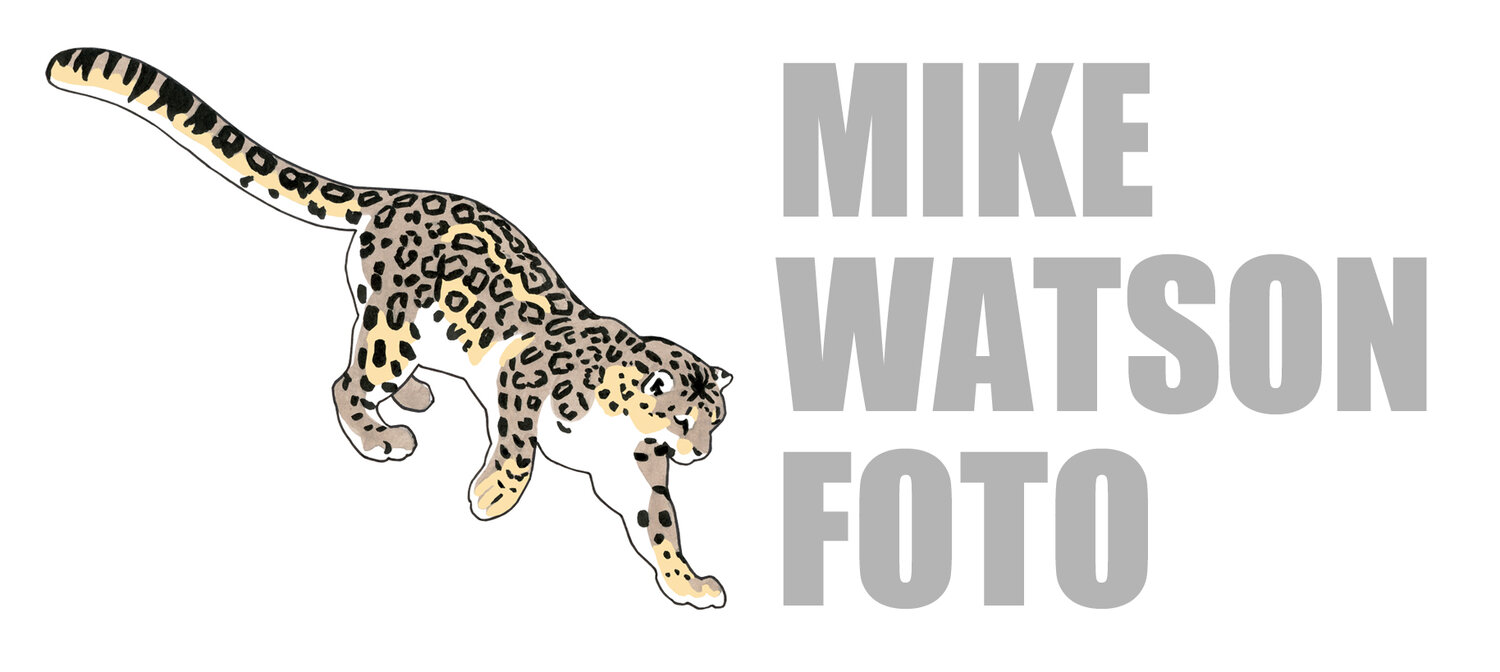Clouded Yellow | Colias crocea f.helice - Longridge Fell 17 August 2025 (Mike Watson)
f.helice! How could I possibly follow yesterday’s butterflies? This is how! The first Clouded Yellow near the junction was a white one of the form helice this morning. I had thought why not try and find a helice, as I saw one had been seen in the northeast yesterday? But almost immediately I heard from John Wright that Pete Kinsella had already seen one the day before on Longridge Fell, presumably after we left, so I was hoping it would still be around. I didn’t imagine it would be so easy to find though. Sadly it did not hang around, it disappeared into the plantation to the north at 0955 and was not seen again, despite much searching. There were still at least four other Clouded Yellows present today but there were generally fewer butterflies. However, it was impressive nevertheless with tens of Painted Ladies on the Longridge Riviera. Another fabulous local butterfly watching day!
The only species missing today was Small White. Joined by Phil Larkin and Lee Parnell, my old Ribchester pals, we saw some interesting other things, included a Small Copper probably of an aberration that we haven’t managed to pigeonhole yet as well as the Furry Peat Hoverfly | Sericomyia superbiens (briefly on the same knapweed). There was also a male Black Darter | Sympetrum danae of note, the first I have seen here. There were also a few Tree Pipits around today and other hoverflies included Common Batman Fly | Myathropa florea and Yellow-barred Pond Fly | Sericomyia silentis, two species I am familar with from Grindleton Fell, a few miles to the east.
Clouded Yellow | Colias crocea - Longridge Fell (Mike Watson)
Small Copper | Lycaena phlaeas ab.? - Longridge Fell (Mike Watson)
Comma | Polygonia c-album - Longridge Fell (Mike Watson)
Southern Hawker (male) | Aeshna cyanea - Longridge Fell (Mike Watson)
Black Darter | Sympetrum danae - Longridge Fell (Mike Watson)
Furry Peat Hoverfly | Sericomyia superbiens - Longridge Fell (Mike Watson)
Yellow-barred Pond Fly | Sericomyia silentis - Longridge Fell (Mike Watson)
Common Batman Fly | Myathropa florea - Longridge Fell (Mike Watson)

